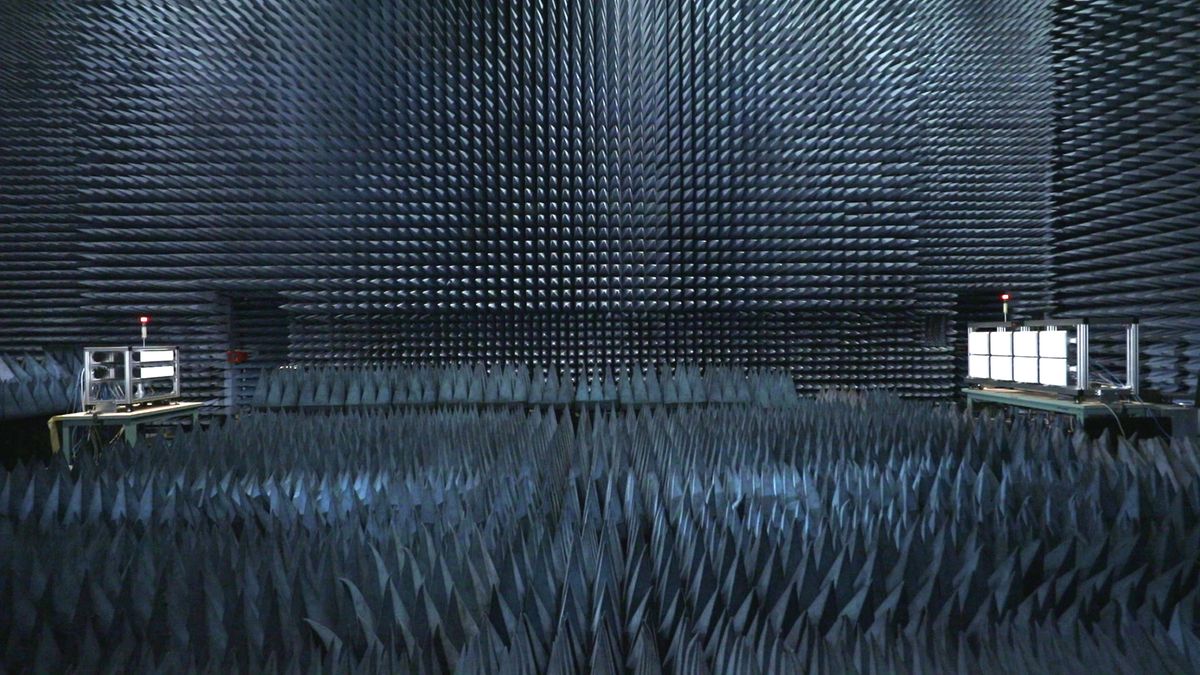With mobile traffic in the coming 5G era expected to be a thousand times greater than what we’re generating today, mobile wireless infrastructure companies will need to provide greater transmission capacity, lower latency, and vastly more connectivity. To help achieve these goals, researchers at Mitsubishi Electric are testing a hybrid super-high-frequency massive multiple-input multiple-output (MIMO) system using hundreds of antenna elements with multibeam multiplexing to achieve efficient spectrum usage.
On 14 February, the company announced the development of a 16-beam spatial-multiplexing technology operating at 28 gigahertz for 5G small mobile base stations. What’s more, Mitsubishi claimed, is that it had demonstrated what it believes is the first 5G system to transmit 25.5 gigabits per second to one user device using the 500 megahertz bandwidth.
Details of the system will be announced at the IEICE Technical Committee on Radio Commutation System conference on 28 February.
The prototype base station used in the test consists of eight analog front-end-processing low-power units that together formed 16 beams, plus a MIMO digital processing algorithm that reduced interference between the beams.
The system attained a gain of 4096 antenna elements, yet its computational complexity is just that of 16 antenna elements, explains Atsushi Okamura, general manager of the Communication Technology Department, a unit in Mitsubishi Electric's Information Technology R&D Center in Kamakura, just south of Tokyo.
While all-digital massive MIMO produces high transmission performance, Okamura notes that it requires a digital signal processor, a digital-to-analog converter, and analog circuitry for each antenna. This would result in extremely high implementation and computation costs, not to mention a prohibitive increase in size.
"So we have implemented a hybrid beamforming system using active phased-array antenna and digital MIMO signal processing," he explains. This dramatically reduces number of components, yet yields almost the same performance, he adds.
That’s because each antenna element constitutes a sub-array and employs an analog variable-phase-shifter for controlling beam direction. For example, if the number of antenna elements is 4096, and the number of elements per sub-array is 256, then the number of sub-arrays is 16.
As one beam is formed by analog phase shifters in the sub-array, the hybrid beamforming system requires digital signal processing for only 16 beams. The prototype base station Mitsubishi tested employed eight 2-beam massive (512 antenna elements) MIMO RF modules; these included two active-phased-array-antenna units operating at 28 GHz. The thickness of a module is 7 cm, about one-third that of the previous prototype module.
When testing the system, the researchers achieved a parallel transmission of 16 streams to a single device in a line-of-sight test in an anechoic chamber. A spectral efficiency of 63.7 bits per second per hertz and a download speed of 25.5 Gbps were recorded, which Mitsubishi believes is an industry first as of 14 February.



